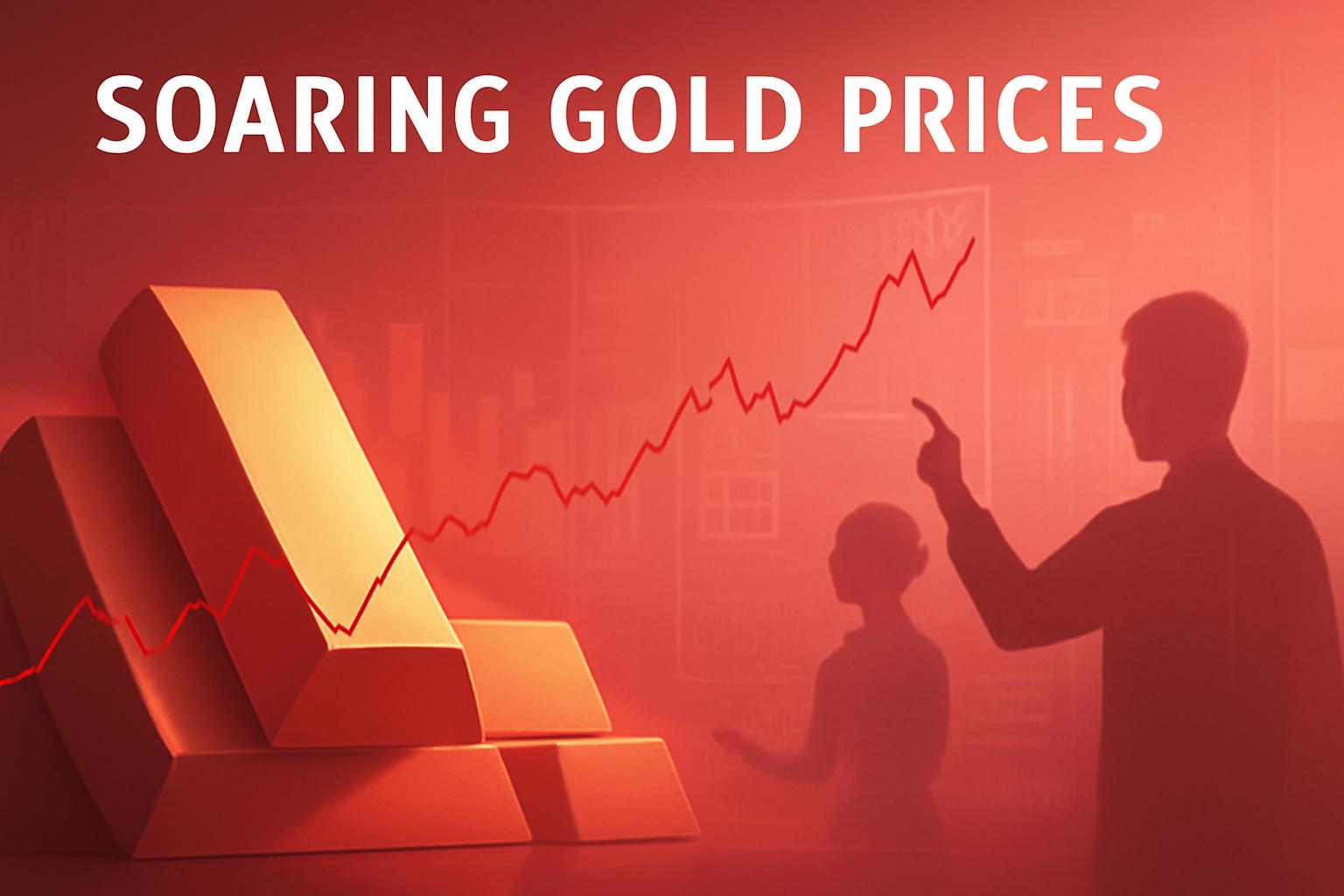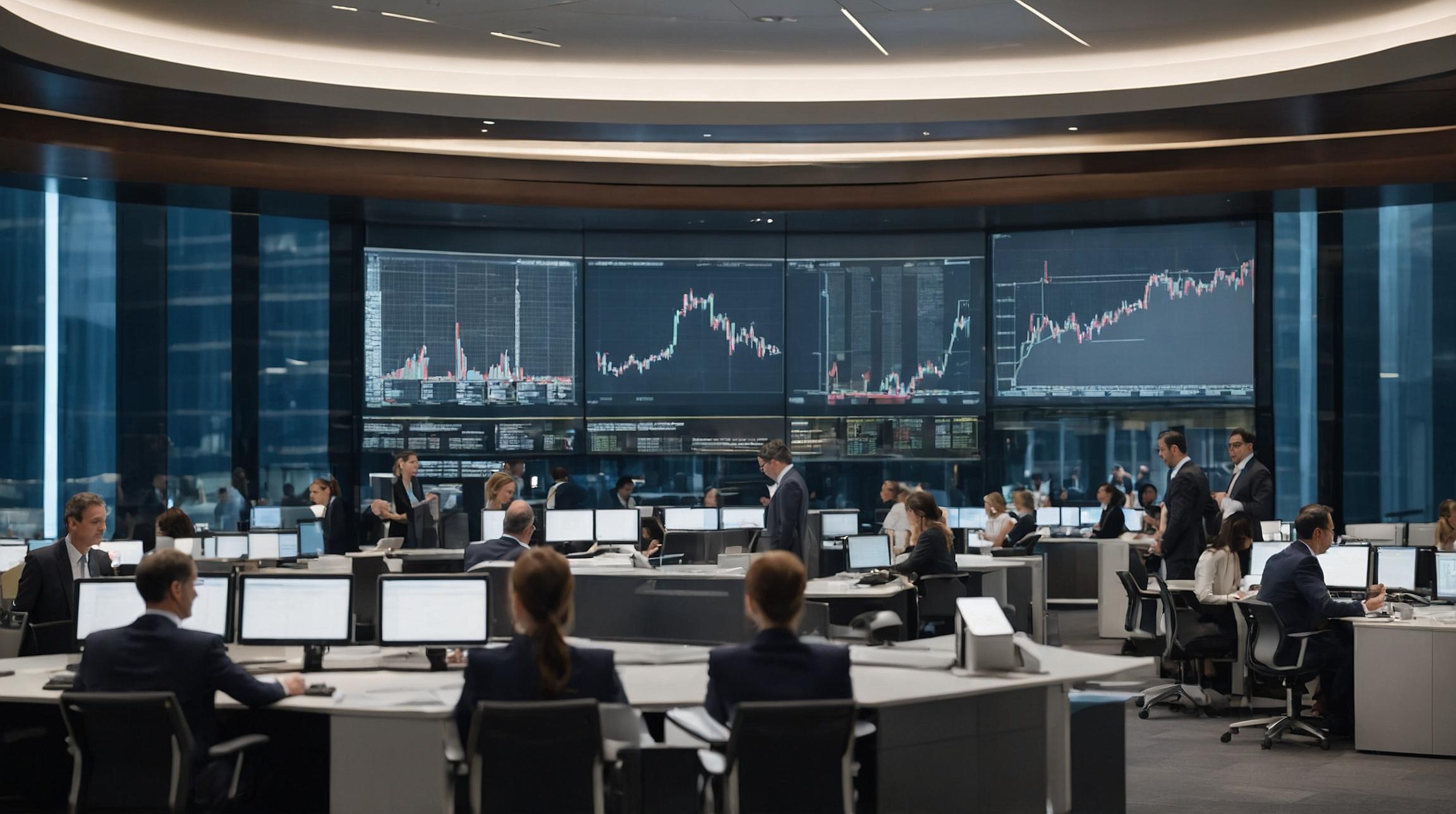Gold Price Trends Reach Historic Levels
Gold prices stabilized near record highs on Thursday, maintaining momentum after surpassing the $4,000-per-ounce milestone for the first time in history earlier this week. This surge is driven by market expectations of further U.S. interest rate reductions and ongoing political uncertainties. Over the past year, gold has appreciated by more than 50%, marking its third consecutive year of double-digit gains. Investors are increasingly turning to gold as a safe haven amid fears of recession and global market volatility, according to analysis from Goldman Sachs.
Economic Drivers Behind Gold’s Rally
UBS analysts attribute the rising gold prices to a combination of lower interest rates, a weakening U.S. dollar, and heightened political uncertainty. Their latest forecast anticipates inflows of 830 metric tons for the year, nearly double their initial estimate.
“The key risk for gold is better U.S. growth and if the Fed is forced to raise rates due to inflation-related upside surprises,” UBS analysts noted.
Goldman Sachs projects a further 6% increase by mid-2026, driven by sustained central bank purchases, especially from emerging markets seeking to diversify their reserves.
Rising Gold Prices Pressure Jewelry Industry
The sharp increase in gold prices poses significant challenges for jewelry companies, particularly midsize brands targeting affordable luxury. Firms such as Mejuri have announced price increases due to escalating costs of gold, silver, and tariffs. Mejuri is responding by optimizing supply chains, strengthening sourcing, and introducing products like 10-karat solid gold to maintain quality at accessible price points. Large retailers like Pandora and Signet are also adjusting their pricing strategies. Pandora faced an 80-basis point margin hit due to precious metals, while Signet reported over a 30% increase in gold costs.
Industry Strategies to Manage Costs
Some companies are innovating with alternative materials to mitigate raw material price pressures. BaubleBar’s demi-fine jewelry, featuring 18k gold plating over sterling silver, offers consumers quality pieces at lower prices, helping the brand avoid the full impact of gold price surges. Alexis Bittar, CEO of his namesake brand, highlighted a balanced approach: leaning into gold-plated items and modest price increases without repricing existing products, aiming to stay within consumers’ expected spending ranges. Rowan Piercing Studio, which uses 14k gold coatings for health compliance, has raised prices on some gold products but remains somewhat insulated from the full cost impact due to required material standards.
Gold Price Surge as an Economic Indicator
“This is a fear indicator,” Rowan CEO Louisa Schneider remarked, emphasizing that rising gold prices reflect broader uncertainty around the U.S. dollar and economic stability.
Schneider noted that the demand surge for gold is driven not by industrial or consumer use but by hoarding amid uncertainty, a pattern unseen in recent memory. This trend underscores the volatility affecting the global economy and the jewelry sector alike. For companies selling to non-luxury consumers, the ability to pass on price increases remains limited, exacerbating the challenge posed by soaring gold costs.
FinOracleAI — Market View
Gold’s unprecedented rally is both a symptom and a driver of economic uncertainty, impacting diverse sectors from investment portfolios to consumer goods. Jewelry companies face a dual challenge: managing rising raw material costs while maintaining consumer demand amid price sensitivity.
- Opportunities: Innovation in alternative materials and product lines (e.g., demi-fine, gold-plated) can attract cost-conscious consumers without compromising quality.
- Risks: Continued gold price escalation may pressure margins, particularly for mid-tier brands lacking pricing power, risking reduced consumer spending.
- Market Dynamics: Central bank gold acquisitions and geopolitical tensions are likely to sustain elevated gold prices in the near term.
- Consumer Behavior: Wealthier demographics may absorb price increases better than middle- and lower-income groups, affecting market segmentation strategies.
Impact: The sustained rise in gold prices presents a significant headwind for the jewelry industry, necessitating strategic adaptation in pricing, sourcing, and product innovation to preserve market share and profitability.













